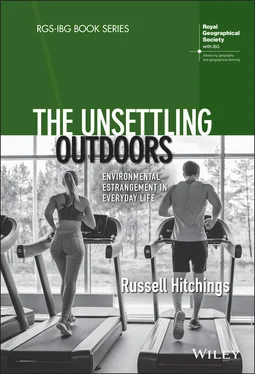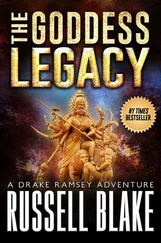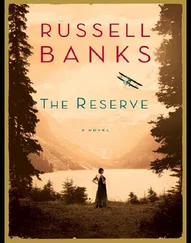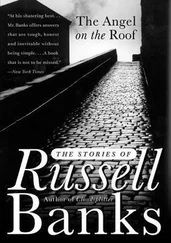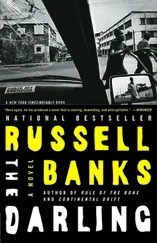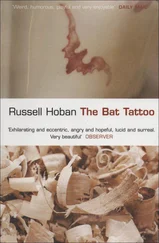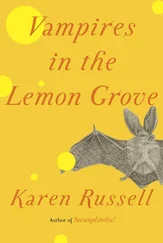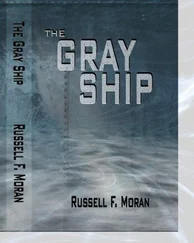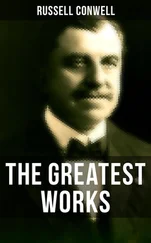One key feature is there in the basic terminology. The idea here is that we should imagine social life as essentially an outcome of how ‘social practices’ come about and evolve. The implication is that we should focus on how different practices, namely particular recognisable activities, spread through societies, and how they draw people into this process as time goes on. In this respect, a central aim of this work has been to push beyond the way in which it was previously tempting to paint social life as either governed by imagined ‘structures’, like culture, which were ultimately unsatisfying and unhelpful when, in the final instance, they made individuals seem entirely without choice, or instead to invert the picture by championing the ‘agency’ of people. This was also deemed unsatisfactory in the sense that it could end up seeing them as in a constant process of making decisions about how they wanted to live (instead of attending to the constraints that curtailed their actions).
Recognising that there was probably some truth to both claims, and in an attempt to reconcile these two visions of social life, ‘practices’ were seen as providing us with a promising path between them (Giddens 1986; Reckwitz 2002). For me, they were also promising in the way that they pointed to how people were sometimes reflecting on their actions and sometimes simply doing what the situation (or rather the practice) encouraged. People are reimagined here as potentially little more than the mere ‘hosts’ or ‘carriers’ of practices (Shove and Pantzar 2007), who, once they have been effectively infected, may have little occasion to question certain actions thereafter. This idea chimed well with the above suggestion that a range of, hitherto relatively unacknowledged, social trends could be creating new ways of relating to greenspace.
If I were to draw on these ideas, my focus should be on certain practices, namely activities in which many people commonly take part. Various practices have already been examined using these ideas, including how people travel around (Watson 2012), how they organise their eating (Warde et al. 2007), how they keep warm at home (Gram-Hanssen, 2010) and how they are drawn into particular leisure activities (Shove and Pantzar 2007). Building on that work, this book is concerned with four practices that are currently commonplace and which could be feeding into the ‘extinction of experience’ that some of the above researchers have worried about. Accordingly, the aim is less about positioning people as essentially ‘entangled’ in the sense that they are grappling (in presumably at least partly conscious ways) with how they should respond to specific material circumstances. Rather it is more about how familiar settings, along with the accumulation of experience, can serve to do almost the opposite – namely curtail the likelihood of much active reflection by providing relevant groups with conditions that structure their actions. We might, as we will see, sometimes reflect on the processes involved (how did we find ourselves in this situation?). But practices can equally discourage those involved from too much analysis.
For me, theories of social practice suggested a useful way of studying how easily outdoor experiences infiltrate everyday lives. And whilst there are many ways of accommodating the nuts and bolts of nature within theories of social practice, my starting point was to see these components as potentially destabilising threats to certain everyday practices that are both common and often increasingly widespread. Turning again to the ‘entanglement’ metaphor, this encouraged me to see outdoor greenspaces as environments that people might feasibly get caught up in in ways that might snap them out of their preoccupations.
Though their authors would be unlikely to express it as such, some of the above greenspace studies that I started with also hinted at a certain kind of entanglement. One of the suggestions that they examined, after all, was about how greenspace experience could be beneficial because it allows us to transcend our immediate concerns and put aside what was troubling us beforehand. In effect, people can become ‘mentally entangled’ in a way that leads to valuable forms of human respite and restoration. My point is that, whilst this now sounds like an enjoyable experience, it may also, for many people, feel like a risk if it proves hard to return to everyday life afterwards. The assumption that runs through some of this work is that it should be relatively easy to go back refreshed (after a beneficial burst of greenspace restoration) to what was happening beforehand. But the truth of the matter might be another thing and, if we run with the argument about starting with the practices, it is also possible that our practices might not always be so willing to let us escape their grip.
This finally takes me to the ‘subjectivities’, or personal feelings, associated with carrying out practices. Understandably, these features have not often been at the forefront of analysis for those working with these theories. The point, after all, was partly about putting the practices, rather than the people, centre stage in our understandings of how patterns of everyday life become established and evolve. If that is the aim, too full a focus on the experiences of taking part in relevant practices risks analysis drifting back towards a more ‘people-centred’ account when part of the point was to position them as not always so in control. One of the most popular ways of describing how it is to carry out a practice, however, is with reference to Schatzki’s (1996) idea of a ‘teleoaffective structure’. This idea draws our attention to how, in the course of carrying out relatively familiar activities, the practice effectively carries us along towards its usual end point (or until we have to stop). In effect, we are swept along by the practice. This is the idea that I want to take forward here. Schatzki is drawing our attention to the feeling of purposeful flow that we may experience when we carry out a practice, when we are getting on with things, getting things done, just as we usually do. There is tension here between purpose and restoration. It hints at the challenge of greenspace experiences infiltrating certain ways of meeting the demands of everyday life that might be becoming more widespread and which encourage those involved to act and think in certain ways. For many, the whole idea of ‘connecting to nature’ is motivated by the desire to ‘disconnect’ from the presumed pressures and stresses of modern urban living (Kaplan and Kaplan 1989). But the extent to which it is easy, in the moment, to achieve such ‘disconnections’ is, I would argue, a matter for investigation.
The above discussion has covered what this book will attempt to do, why that could be a worthwhile undertaking, and the ideas on which it draws. Based on that, these are the basic ingredients for the approach being developed here:
1. Environmental estrangementFrom the existing research on greenspace benefits a number of ideas have been taken. First, the whole rationale for this book is derived from one of the essential findings of this field, namely that spending time in the company of trees and plants can provide people with a diversity of benefits, from mental restoration, to lowered blood pressure, to reduced stress and greater feelings of self-esteem. And, more than that, this might then even spill over into a broader sense of care for the living environment at a time when encouraging such commitments might be more important than ever. This work also suggested that many urban lives were, despite all these potential benefits, now unlikely to involve so much time outside with plants and trees. A variety of potential explanations were offered for this. Less had, however, been said about how a kind of environmental estrangement might be observed and examined in everyday life.
Читать дальше
